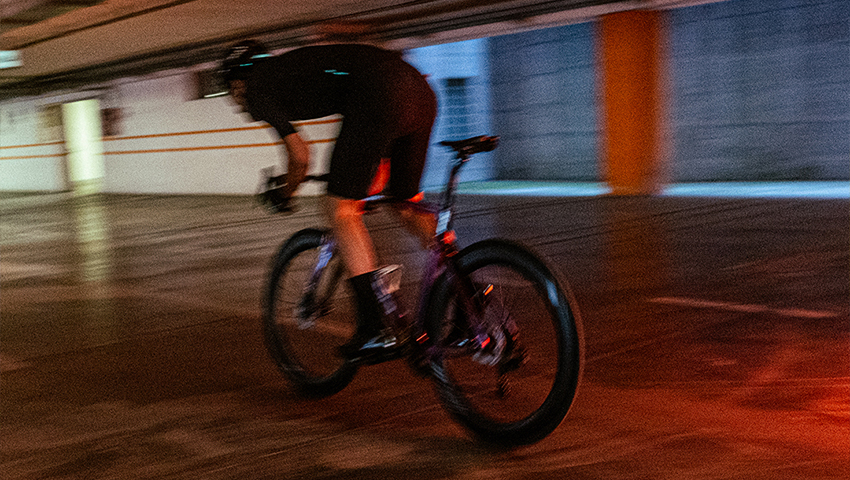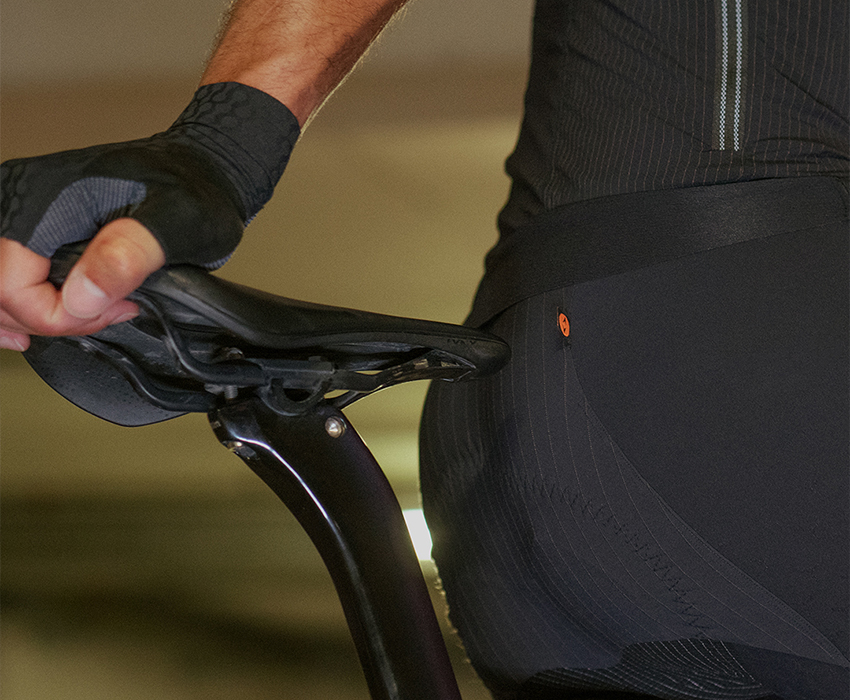
Chamois or No Chamois: That is the question
[ssbp]In the ever-evolving world of cycling, debates often spark around gear choices, and one that has been gaining traction is the age-old question: Chamois or no chamois? For some, the idea of riding without this padded undergarment seems absurd, while others have embraced a chamois-free lifestyle with zeal.
The debate caught our attention through a captivating Instagram reel from our friends over at @Bicycling magazine, where cyclists shared their experiences and preferences. One rider reminisced about an 11-day summer trip with friends opting for Brooks saddles and no chamois, prompting a personal switch. The freedom from a „bacteria party on your backside,“ as one rider humorously put it, has become a rallying cry for those who have ditched chamois.

However, the real essence of the chamois debate lies in health considerations. The central channel, a crucial anatomical concept, is designed to follow human anatomy, mitigating soreness and pressure during long rides. Insights from biomechanics, physiotherapists, and osteopaths emphasize the pivotal role of correct pad positioning in preventing discomfort.
For female cyclists, the discussion extends to concepts like WP1 and WP3, recognizing the complexity of their needs and comfort during rides.
The variety of opinions on Instagram mirrors the diversity of perspectives in the cycling community. Some argue that chamois is unnecessary if your saddle is well-set and fits, while others emphasize the importance of chamois during aggressive road or gravel rides.
Our approach has always been cyclist-centered, with the athlete’s health as our top priority.
This translates into years of product improvement and innovation, where chamois are actual interfaces that work actively with your body.

A good chamois and protection lets you ride in comfort, without having to deal with those “bacteria parties”. It also means having an ally if chafing and rashes are your worst enemies.
The causes vary and, many times, solutions vary as well: what works for your friend, might not work for you.
As a general approach, though, our key points for a comfortable and protected ride are:
- A chamois specific for your discipline. Paddings are designed to provide support and relieve pressure from key pressure points.
- Protection specific for your rides. Would you buy a triathlon bike if you needed an MTB? The same applies to chamois and the use you make of your apparel.
- Correct balance between support and chamois bulk. Bulky chamois do not always mean more protection.
- Proper pad positioning. Your best ally can turn into your worst enemy in a matter of millimeters. Here you can learn to check if your pad is well positioned.
- A chamois specific for your anatomy. Men and women have specific chamois designs.

Ultimately, whether you’re team chamois or team no chamois, the key takeaway is prioritizing the health and comfort of the cyclist. The debate continues, and the best choice is always the one that keeps you pedaling with a smile on your face.